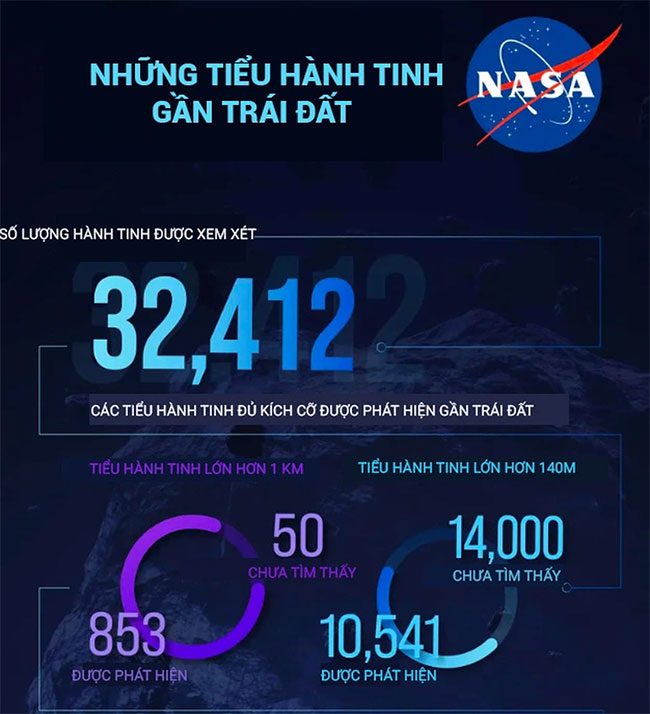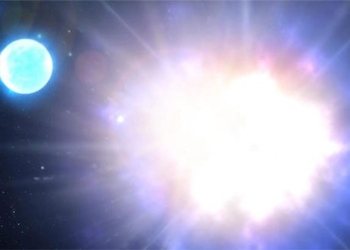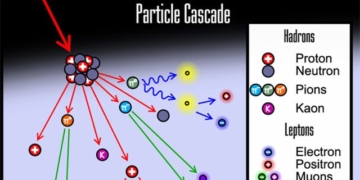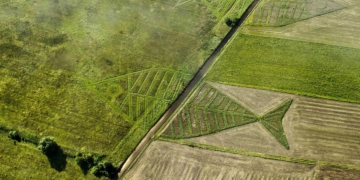The U.S. National Aeronautics and Space Administration (NASA) admits it lacks the capability to fully monitor asteroids that could potentially collide with Earth.
According to NASA’s latest estimates on asteroids, as of the end of August 2023, there are 32,000 known near-Earth asteroids.
Among these, 10,000 asteroids have a diameter of 140 meters. The frightening reality is that we do not know which of these asteroids have orbits that could intersect with Earth.
Additionally, there are more than 14,000 asteroids with diameters of 140 meters and above that we have yet to track specifically. One of these could very likely be on a collision course with Earth.
Furthermore, there are approximately 50 asteroids with a diameter of 1 kilometer drifting through space. This represents a “knowledge gap” that NASA fears the most.
If these estimates are accurate, the planetary defense community, including NASA and many other organizations, has a lot of work to do to ensure the safety of humanity.


Graphic published by NASA on the number of near-Earth asteroids – (Translation: GIA MINH).
According to Sciencealert, the estimated data on asteroids is compiled from over 405 million observations submitted by professional and amateur astronomers to the Minor Planet Center – one of the centers involved in NASA’s Earth protection strategy and a hub for asteroid “hunters” worldwide.
Typically, the only way to detect an asteroid is when sunlight shines on its surface and reflects back to the telescopes observing the sky. Nowadays, more telescopes are being specifically designed to “hunt” asteroids.
|
What happens if a 140m asteroid explodes? In 2013, an asteroid estimated to be about 20 meters exploded over the Chelyabinsk region in Russia, shattering numerous windows and injuring nearly 1,500 people. An asteroid seven times larger than the one mentioned could wipe out a city, and depending on the impact location, it could kill millions. |





















































